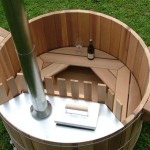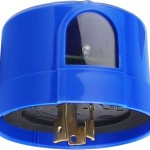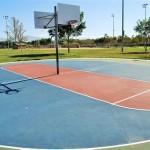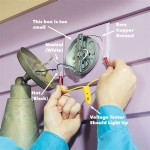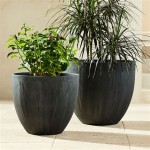Essential Aspects of Cleaning Outdoor Fish Ponds
Maintaining a clean and healthy outdoor fish pond is crucial for the well-being of your aquatic inhabitants. Regularly cleaning your pond ensures optimal water quality, prevents the growth of harmful bacteria and algae, and creates a more aesthetically pleasing environment. Here are some essential aspects to consider when cleaning your outdoor fish pond:
1. Frequency of Cleaning:
The frequency of cleaning your fish pond depends on various factors, such as the size of the pond, the number of fish, and the amount of organic waste produced. Generally, it's recommended to perform a thorough clean at least once a year, preferably in the spring or fall when water temperatures are moderate.
2. Materials and Equipment:
Gather necessary materials before starting the cleaning process. These typically include a pond vacuum cleaner, a net, a brush, a bucket, and a water testing kit. Choose a vacuum cleaner specifically designed for fish ponds, as they are gentle on the fish and effectively remove debris.
3. Safety Precautions:
Before beginning any cleaning activities, ensure the safety of your fish and yourself. Wear appropriate clothing, including gloves and waterproof boots. Keep pets and children away from the pond during cleaning, and disconnect any electrical equipment before submerging it in water.
4. Remove Debris and Waste:
Use a net to remove any floating debris, such as leaves, sticks, or uneaten food. Then, use the pond vacuum to suction up any settled debris and waste from the bottom of the pond. Be careful not to disturb the fish or damage any plants.
5. Clean the Filters and Skimmer:
Filters and skimmers play a vital role in maintaining water quality. Remove and clean the filter media, backwash or replace the filter cartridges, and empty the skimmer basket. Rinse the components thoroughly with pond water, avoiding tap water as it can harm beneficial bacteria.
6. Partial Water Change:
During the cleaning process, it may be necessary to perform a partial water change. Remove 10-20% of the old water and replace it with fresh, treated tap water. Use a water conditioner to neutralize any chlorine or chloramine in the tap water.
7. Water Testing:
After cleaning, use a water testing kit to measure the water quality parameters, including pH, ammonia, nitrite, and nitrate levels. Adjust the chemical balance as necessary to ensure a healthy environment for your fish.
8. Monitor and Observe:
Once the cleaning is complete, continue to monitor the water quality and observe the behavior of your fish. Keep an eye out for any changes or abnormalities that may indicate underlying issues. Regular maintenance, including regular partial water changes and filter cleaning, is essential for maintaining a thriving outdoor fish pond.

Successfully Clean Your Pond For Spring Aquascape Inc

How To Clean Reduce And Remove Pond Sludge Help Guides

How To Care For Pond Fish The Ultimate Guide Splash Supply Company

Successfully Clean Your Pond For Spring Aquascape Inc

How To Prepare Your Garden Pond For Winter

How To Keep Pond Water Clear Naturally And Get Rid Of Algae

How To Get Rid Of Algae In Your Garden Pond Gate

A Complete Guide To Koi Pond Maintenance

How To Care For Pond Fish The Ultimate Guide Splash Supply Company

7 Tips To Keep Pond Water Clean Aquascape Inc
Related Posts

